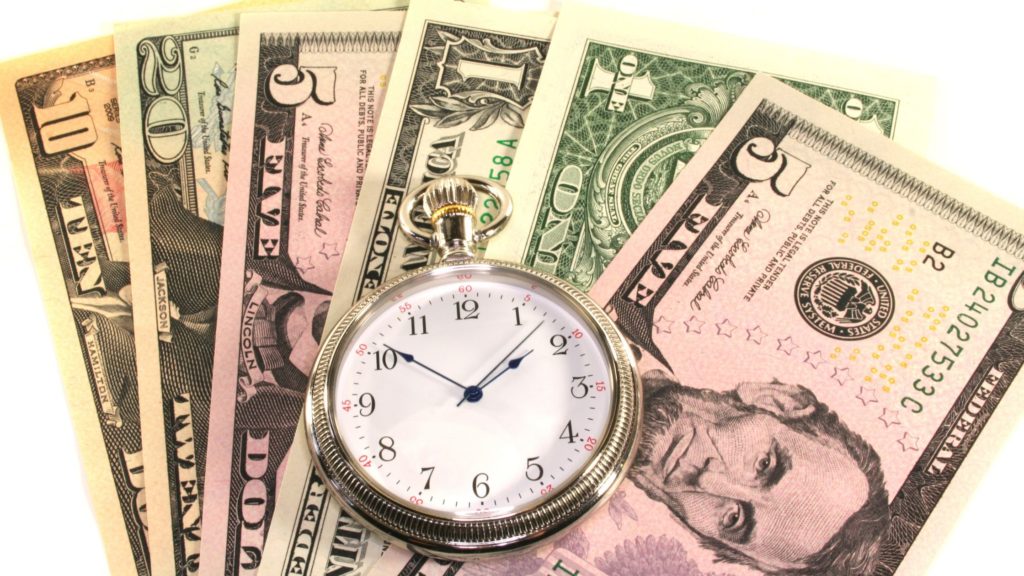Meet the CPF Retirement Sum | CPF Investment in Singapore
Investment | Loans
 by Priyadarshini
10 November 2022
by Priyadarshini
10 November 2022
Are you concerned that you will not be able to meet the CPF Retirement Sum? Don’t be concerned! Here are five strategies for achieving it and retiring with peace of mind. The CPF Basic Retirement Sum (BRS) will be increased by 3.5% per year from 2023 to 2027 to keep up with inflation, according to one of the key announcements in Budget 2022. In other words, retirement sums for CPF members turning 55 between 2023 and 2027 will be higher.
Meet the CPF Retirement Sum
What exactly is the CPF Retirement Sum?
The CPF Retirement Sum is the amount of money you must save in your CPF Retirement Account (RA) when you turn 55 in order to receive monthly CPF LIFE payouts from 65 onwards (a more detailed explanation of the Retirement Sum can be found in our article here).
All Singaporeans and Singapore Permanent Residents will automatically have a CPF RA created when they reach the age of 55, and the funds in their CPF Ordinary Account (OA) and CPF Special Account (SA) will be transferred to their CPF RA. The amount you must save in your CPF RA is determined by the Retirement Sum for that year, which is adjusted annually by the CPF Board.
How To Meet the CPF Retirement Sum?
Contribute to your CPF SA through the Retirement Sum Topping-Up Scheme (RSTU)
The Retirement Sum Topping-Up Scheme (RSTU) assists you in increasing your retirement savings. You can top up your CPF SA with cash or funds from your CPF OA using the RSTU. Not only will your retirement savings grow and you will receive higher CPF LIFE payouts, but the money in your CPF SA will also earn you a higher compound interest rate of up to 5% instead of 2.5% from your CPF OA.
Furthermore, beginning in 2023, you will be eligible for tax relief of up to S$8,000 per year if you top up your own CPF SA, and an additional S$8,000 if you top up your family’s CPF SA, for a total of up to S$16,000 in total. It should be noted, however, that only cash top-ups will be eligible for tax relief.
Contribute voluntarily to your CPF accounts
Making voluntary contributions to your CPF OA, CPF SA, and MediSave accounts is another way to increase your retirement savings. You can, however, only make cash top-ups, and the maximum amount is based on the current CPF Annual Limit of S$37,740 (including mandatory top-ups for the year).
You can also choose to top up your MediSave Account, but the maximum amount you can contribute is based on the Basic Healthcare Sum (BHS), which is the maximum amount of savings you can have in your MediSave account when you reach the age of 65. The BHS is also adjusted on a yearly basis.
CPF Investment Scheme allows you to grow your CPF-SA and OA funds (CPFIS)
CPFIS allows you to grow your CPF savings in addition to making top-ups. The CPFIS enables you to invest a portion of your CPF savings in insurance products, bonds, Exchange Traded Funds (ETFs), unit trusts, fixed deposits, and shares.
Make cash contributions to your MediSave Account
Did you also know that you can top up your MediSave Account with cash? Your MediSave Account, like the CPF SA, pays 4% interest per year. Furthermore, once you’ve reached the BHS, any additional contributions to your MediSave Account (including mandatory contributions) will be diverted to your CPF SA, allowing you to continue earning 4% interest per year and eventually reach the FRS.
Choose not to withdraw from your CPF when you reach the age of 55
When you reach the age of 55, you can withdraw a portion of your savings from your CPF accounts (OA and SA), depending on the amount of money in your CPF accounts.
You can withdraw all of your OA and SA savings if you have S$5,000 or less
You can withdraw S$5,000 if you have more than S$5,000 but less than your BRS. However, if you own a property and have a lease that can last until 95 years, you can withdraw any excess amount over the BRS.
If you have more than your FRS, you can withdraw S$5,000 from your OA and SA, or any excess amount over the FRS, whichever is greater. Similarly, if you own a property with a remaining lease that can last until 95 years, you can withdraw any excess amount above the BRS.
Insurance | Credit Cards | Loans | Banking |




